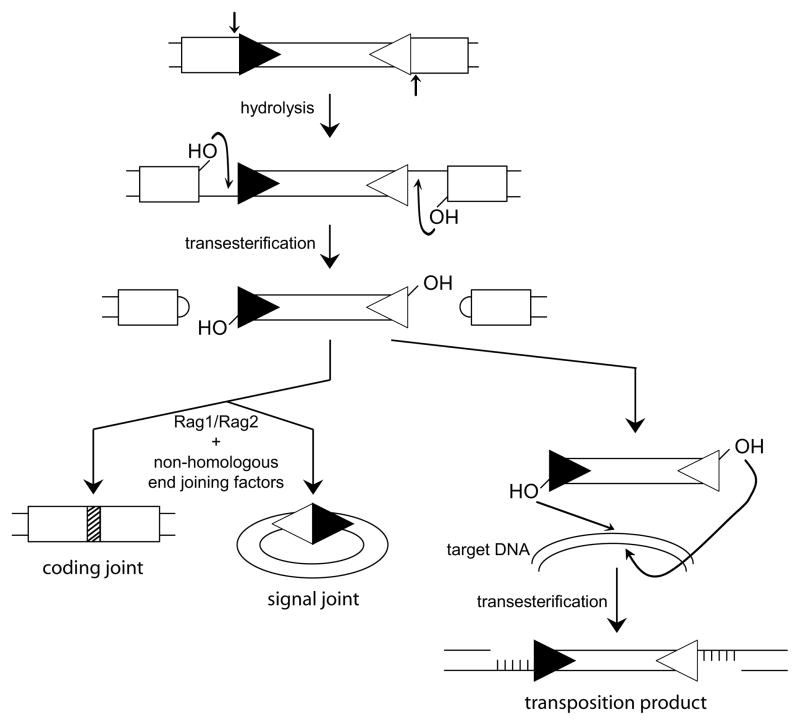Figure 1. The enzymatic activities of Rag1/Rag2.
This is a schematic representation of the reactions catalyzed by the Rag recombinase in vivo and in vitro. Gene segments are indicated as boxes on the double-stranded DNA, and the flanking RSSs are shown as triangles. The initial hydrolysis step, creating single strand breaks, occurs at the RSS-gene segment borders, and is followed by a direct transesterification process, giving rise to hairpin-sealed “coding ends” at the gene segments and “signal ends” at the RSSs. In vivo, the DNA ends get rejoined leading to precise “signal joints”, and imprecise “coding joints” (hatched box) as this ligation step requires additional processing of the DNA ends. Note that the joining steps involve the Rag1/Rag2 complex but also require non-homologous end joining DNA repair factors. The alternative fate of the RSS-flanked DNA segment in vitro (and to a limited extend in vivo) is the result of a second transesterification that integrates this fragment into a target DNA location. This pathway represents a bona fide transposition reaction, and does not require any additional enzymes besides the Rag1/Rag2 complex.

